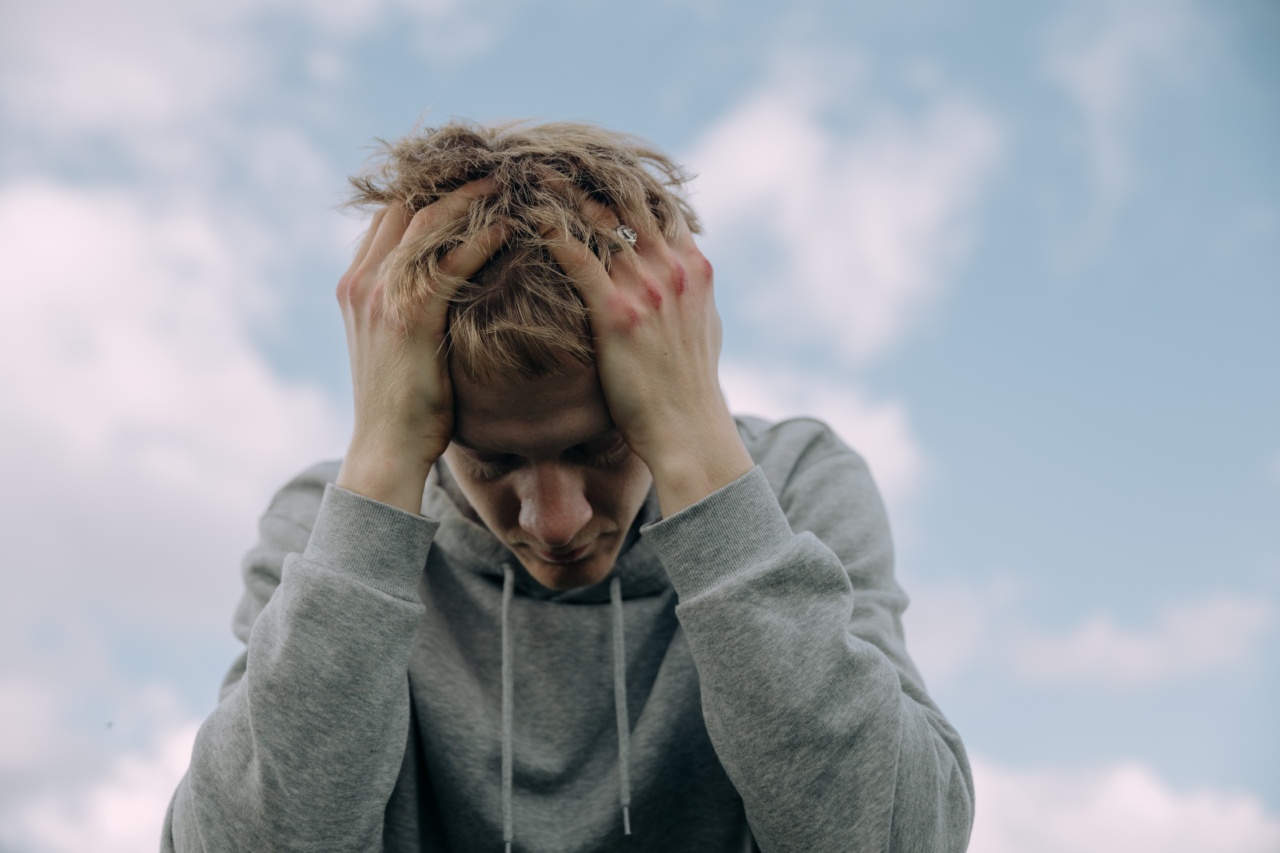Low back pain and headaches are two of the most common ailments facing adults, with both conditions impacting millions of people worldwide.
While many people may think these two conditions are unrelated, recent research suggests there may be a significant link between low back pain and headaches.
The Connection Between Low Back Pain and Headaches
According to recent studies, individuals who experience chronic low back pain are more likely to develop chronic headaches than individuals who do not experience low back pain.
Likewise, individuals who experience chronic headaches are more likely to develop low back pain than individuals who do not experience headaches.
While the connection between low back pain and headaches is still not entirely understood, researchers believe the chronic pain associated with low back pain may trigger changes in the way the brain processes pain signals.
These changes may then lead to chronic headaches, as the brain becomes hypersensitive to pain.
The Importance of Addressing Both Conditions
If you are experiencing low back pain and headaches, it is essential to address both conditions simultaneously. While treating one symptom may provide temporary relief, ignoring the other symptom can lead to a prolonged and more severe health problem.
When seeking treatment for low back pain and headaches, it is important to work with a healthcare provider skilled in treating both conditions.
Your healthcare provider can recommend an individualized treatment plan that addresses the specific underlying causes of both your low back pain and headaches.
Common Treatments for Low Back Pain and Headaches
There are many different treatments available for low back pain and headaches. Some of the most common treatments include:.
1. Chiropractic Care
Chiropractic care is a type of alternative medicine that focuses on the diagnosis and treatment of mechanical disorders of the musculoskeletal system.
A chiropractor can help address issues related to your spine, muscles, and joints, which can help ease both low back pain and headaches. This type of treatment often involves spinal manipulation, which can help improve spinal alignment and relieve pressure on the nerves, leading to less pain.
2. Physical Therapy
If your low back pain and headaches are related to poor posture or muscle tightness, physical therapy may be a good option. Physical therapy can help address muscle imbalances and strengthen weak muscles, which can improve posture and reduce pain.
Similarly, physical therapy can also help address joint or spinal-related issues that may be contributing to your pain.
3. Medication
Medication is often used to help relieve pain associated with low back pain and headaches.
Depending on the severity of your pain, your healthcare provider may recommend over-the-counter pain medications, prescription medications, or a combination of both. Common medications used to treat low back pain and headaches include nonsteroidal anti-inflammatory drugs (NSAIDs), muscle relaxants, and acetaminophen.
4. Massage Therapy
Massage therapy is a type of complementary medicine that involves the manipulation of soft tissue to help improve circulation, reduce muscle tension, and reduce pain.
A massage therapist can work to relieve tension in your low back and neck, which can help reduce your overall pain levels.
The Bottom Line
Low back pain and headaches are two common ailments that may be linked. If you are experiencing chronic low back pain and headaches, it is important to address both conditions simultaneously to avoid more severe health problems down the line.
By working with a qualified healthcare provider, you can develop an individualized treatment plan that addresses the root causes of your pain.



























